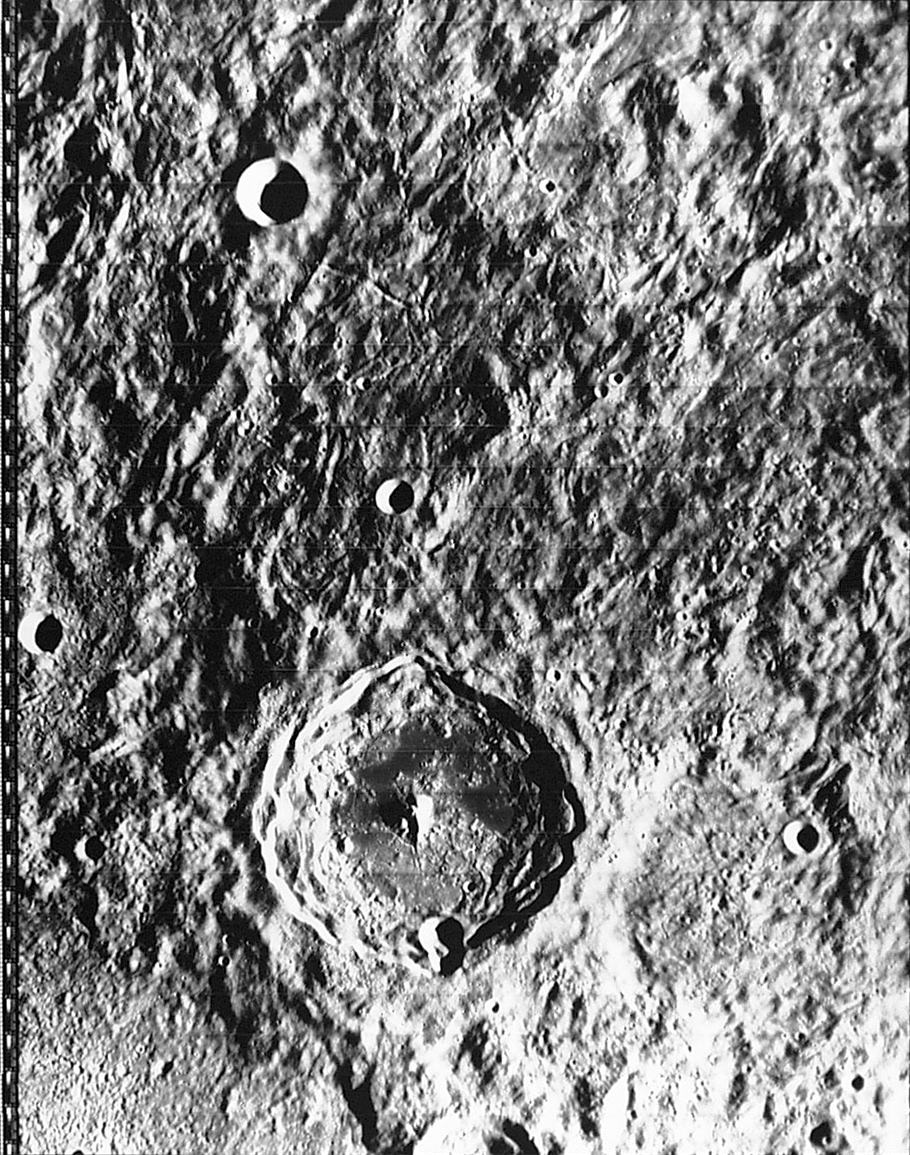May 21, 2005
Two in a Row
<nobr>Two in a Row</nobr> |
<img src="archive/2005/05/images/LPOD-2005-05-21.jpeg" border="0"> |
Image Credit: Damian Peach
|
|
Two in a Row LPOD has never before published two images in a row from the same photographer - until now. Damian has returned from a very successful vacation/imaging session in the Caribbean and he is slowly processing and releasing a series of excellent images including some like todays and yesterdays of rarely seen limb craters. I am excited and want to quickly share this new information so here is the second in a row! Schluter is a relatively fresh crater near the Cordillera rim (arcing across the upper left) of the Orientale Basin. I have observed Schluter at the telescope in that I have recognized its highly foreshortened shape when looking at Orientale. But I have never seen inside the crater as clearly as shown here. Schluter is 89 km in diameter, only slightly smaller than Copernicus (93 km) and has a similar complex crater structure with terraced walls, central peak and flat floor. The northern portion of the floor contains an arc of dark mare material just visible here (see The Clementine Atlas plate 73 for confirmation). The mare lavas are probably associated with the short, narrow rilles seen on the Lunar Orbiter 4 [ Technical Details: Related Links: Tomorrow's LPOD: Domeland |
|
Author & Editor: Technical Consultant: Contact Translator: A service of: Visit these other PODs: |
COMMENTS?
Register, and click on the Discussion tab at the top of the page.
 image.</a The rilles and lava make Schluter a <a href="
image.</a The rilles and lava make Schluter a <a href="


